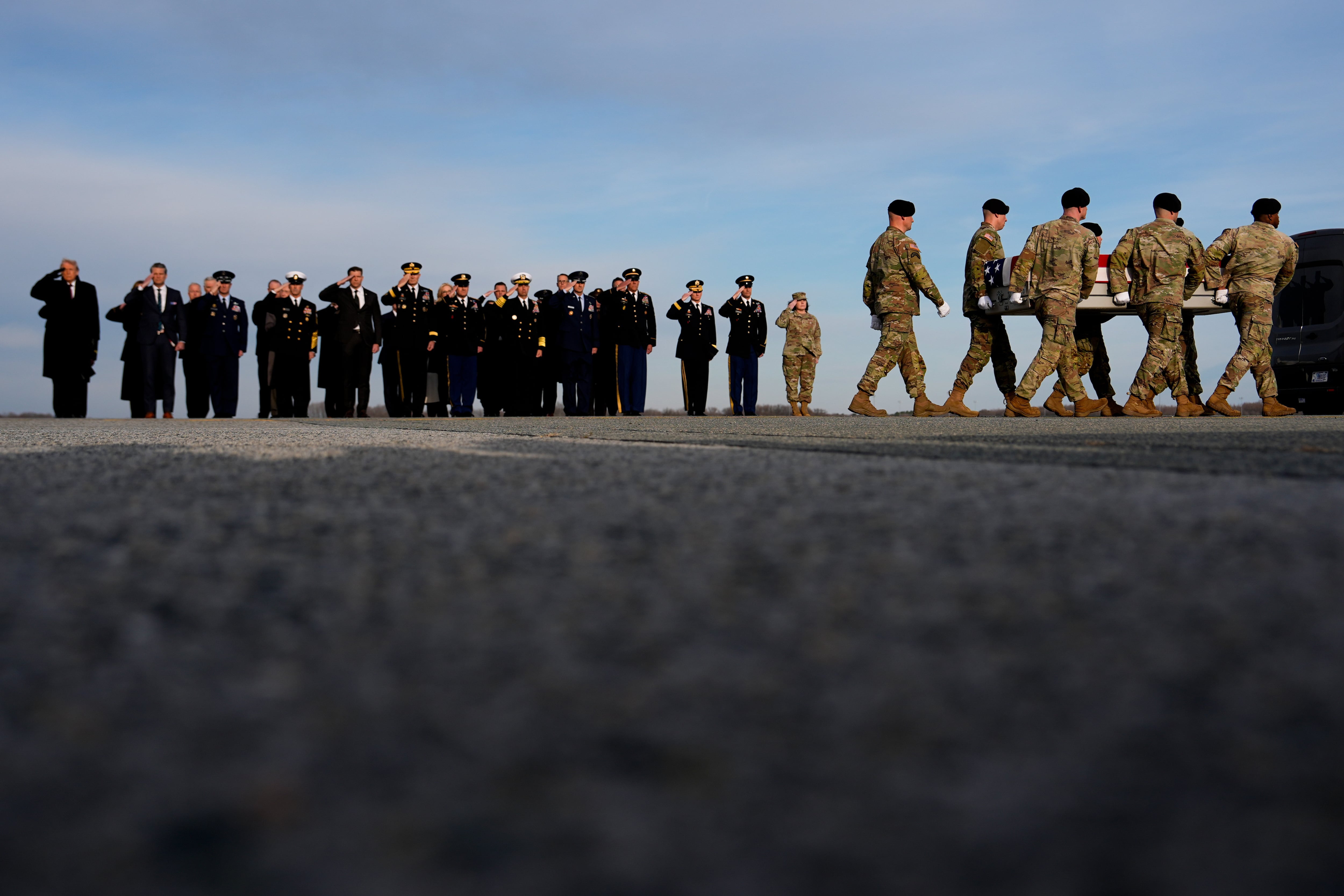ABERDEEN PROVING GROUND, Md. – The new reality of the Army — sending scalable units all over the world with wide-ranging missions — cannot be done without the necessary equipment. Coordinating these efforts is Gen. Dennis Via, commanding general of Army Materiel Command.
Via sat down with Army Times on Sept. 22 during a visit to Aberdeen, to discuss the Army's evolving materiel needs. Interview highlights, edited for space and clarity:
Q: Can we talk about Afghanistan and dialing down there. How's that going?
A: That's proceeding on schedule. We're down now to probably about 39,000 vehicles, what we call rolling stock. We have to bring out somewhere in the neighborhood of 390,000 of what we call non-rolling stock, parts, supplies and those types of things that we have to bring back.
We have reduced containers now to about 38,000 that either we will return a number of those containers or we'll destroy some in place there because they are not economically feasible to bring back. And we're probably less than $6 billion now in total Army equipment that we have to bring back. So we are doing very, very well.
Q: Are you getting reports that these FOBs, as they're being taken down, that they are taking fire?
A: Yes, that's been with the Corps of Engineers as they've gone through and closed some of those sites. It's not done without inherent risk. As they return these facilities back to the state when they first arrived there. And some of the operations, as they've been closing some of those bases, yes, they have received enemy fire. But they've been able to continue to execute that mission.
Q: Can you talk a little bit about the Pacific?
A: Now that the Army has established a four-star command in the Pacific, led by Gen. Vince Brooks, AMC is going to establish an Army field support brigade in Hawaii that will be new. That brigade will be in direct support of U.S. Army Pacific Command. What that will do is give [Brooks] an entry point into AMC in the vicinity of his headquarters. We will still maintain our presence in Korea. With both of those brigades, one in Korea and one Hawaii, that will helps us to synchronize our operations there and better support and meet the requirements as we conduct operations in the Pacific region.
Q: When will the Hawaii unit stand up?
A: We expect it to be stood up by the summer of '15. Right now, we have two brigades in the CENTCOM theater [Kuwait and Afghanistan]. As we come to the end of combat operations in Afghanistan in December, one of those brigades will move to Hawaii. We already have established a foundation for that organization in Hawaii, so we've already begun to stand up. We've already begun hiring personnel and putting a structure in place.
Q: Prepositioning equipment is a bigger push from the Army now.
A: We have six prepositioned locations [in the U.S., Europe, afloat, Northeast Asia, Western Asia and South America]. When a contingency takes place, we can pull assets out of those stocks and send it to the unit.
When you had the tsunami in Japan, many people don't know we pulled significant stocks out of Korea to meet the requirements on the ground.
Recently, we built a European activities set. The situation in Ukraine developed, we were given a mission to deploy a brigade combat team from Fort Hood, Texas, from the 1st Cavalry Division. That unit deployed over, drew that equipment set, and trained with Latvia, Poland and Germany forces. France also had forces there.
I think now there is more of a recognition of the importance of these prepositioned assets because now we have other operations going on in other places of the world.
As we face the Ebola crisis in Africa, we're using contingency stocks that we're pulling from our prepositioned stockage to support the medical command and those requirements as they're dictated to us from AFRICOM.
Tony leads a team of more than 30 editors, reporters and videographers dedicated to covering the news that affects service members and their families. Tony is responsible for strategy of the Military Times digital brands, the print publications, video and multimedia projects for Army Times, Navy Times, Air Force Times and Marine Corps Times.





